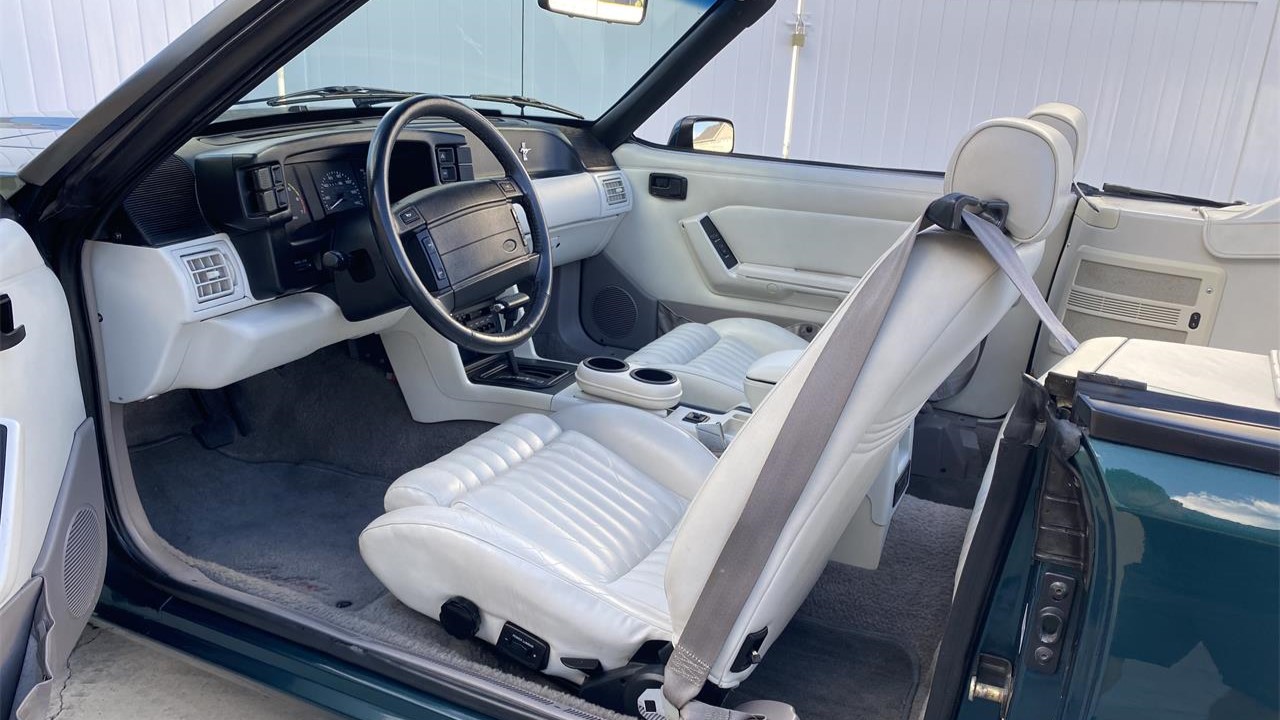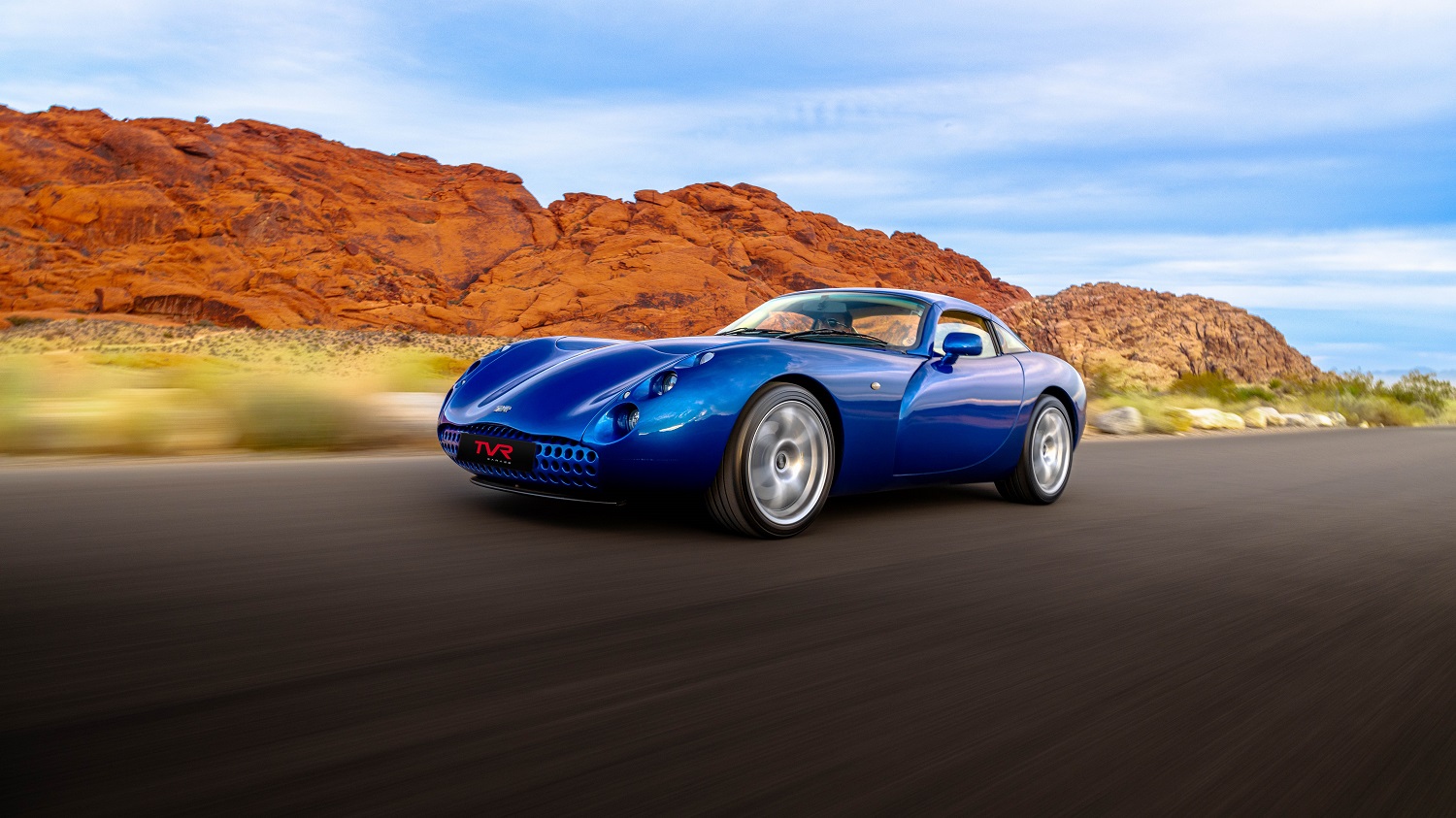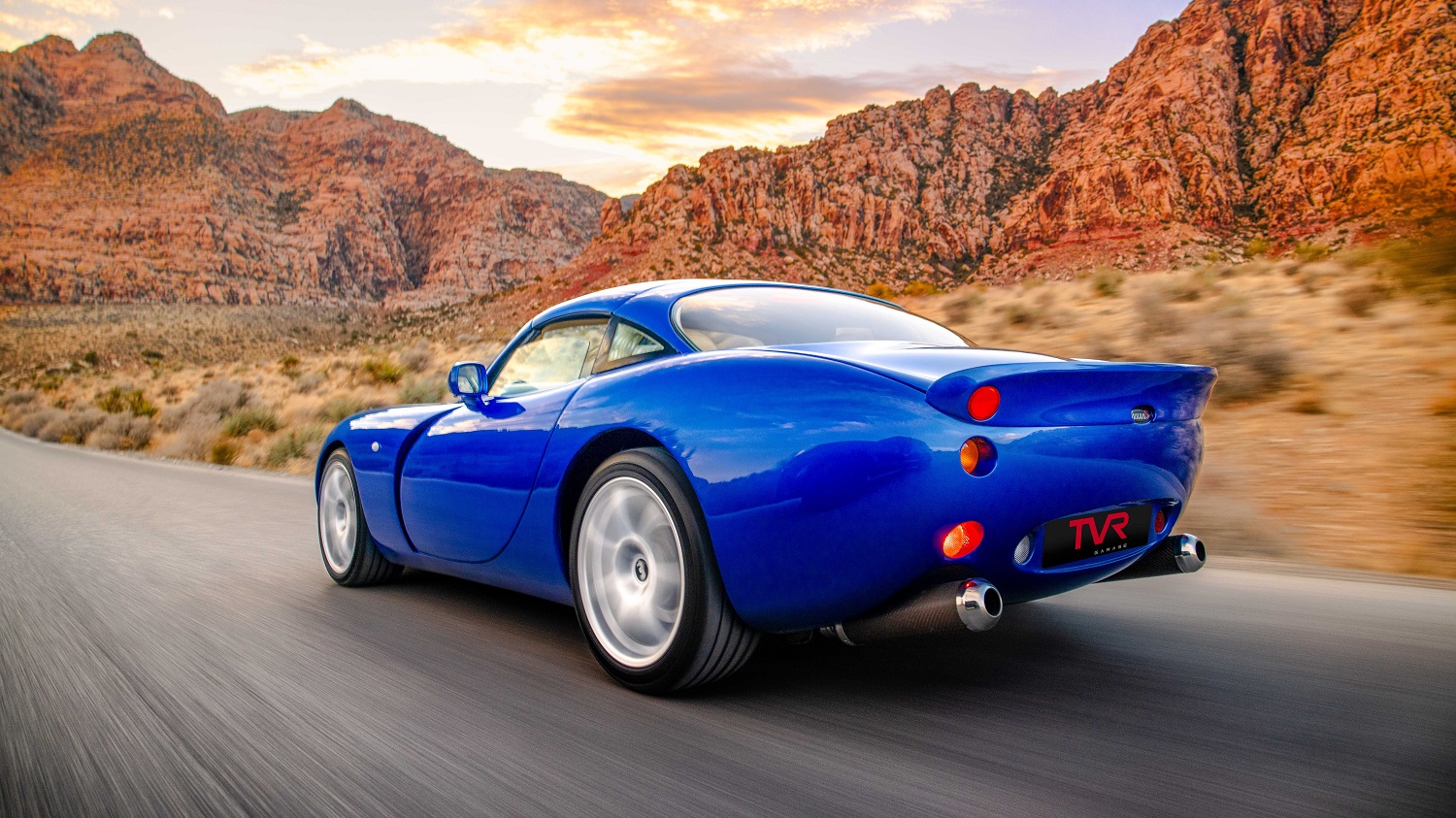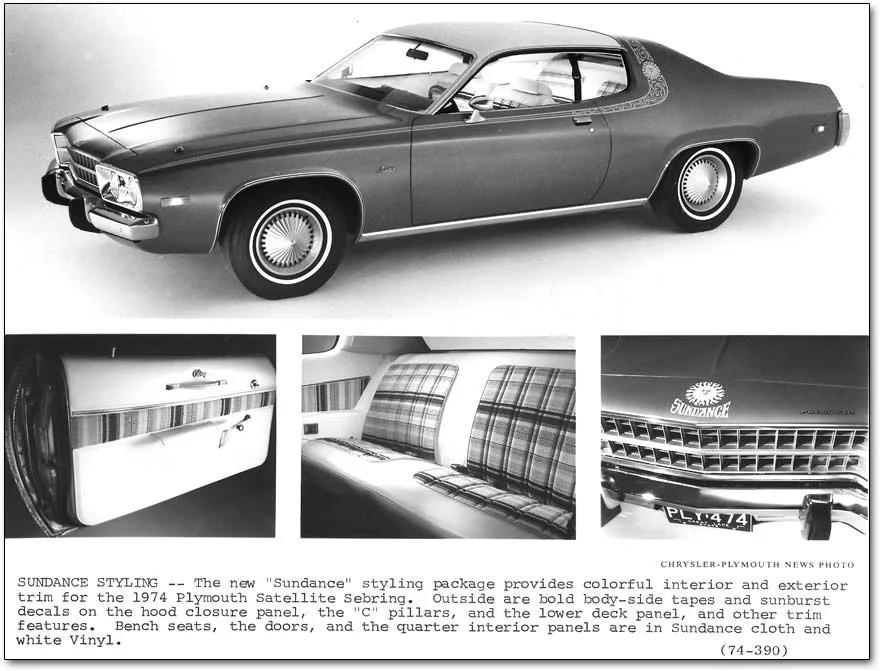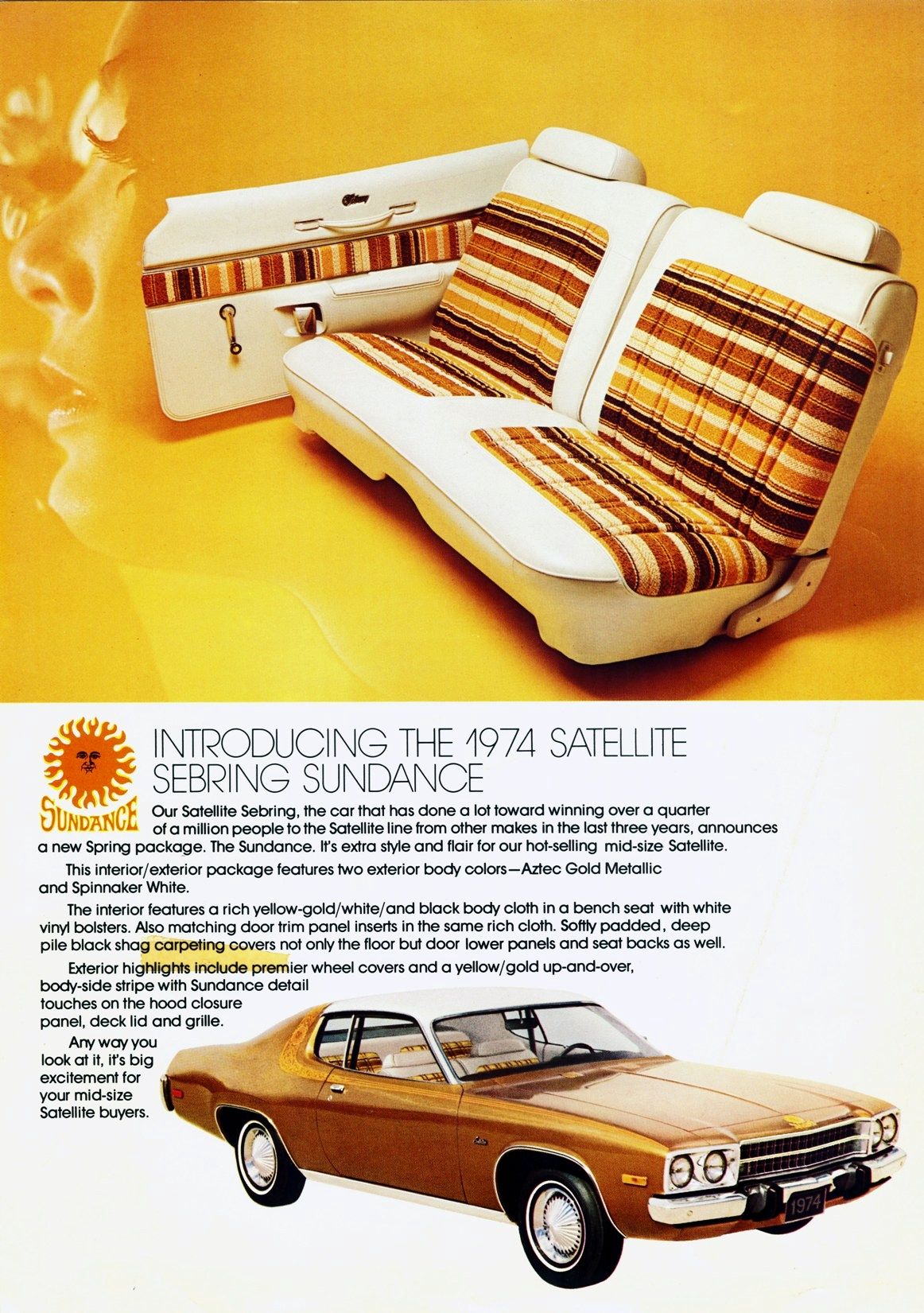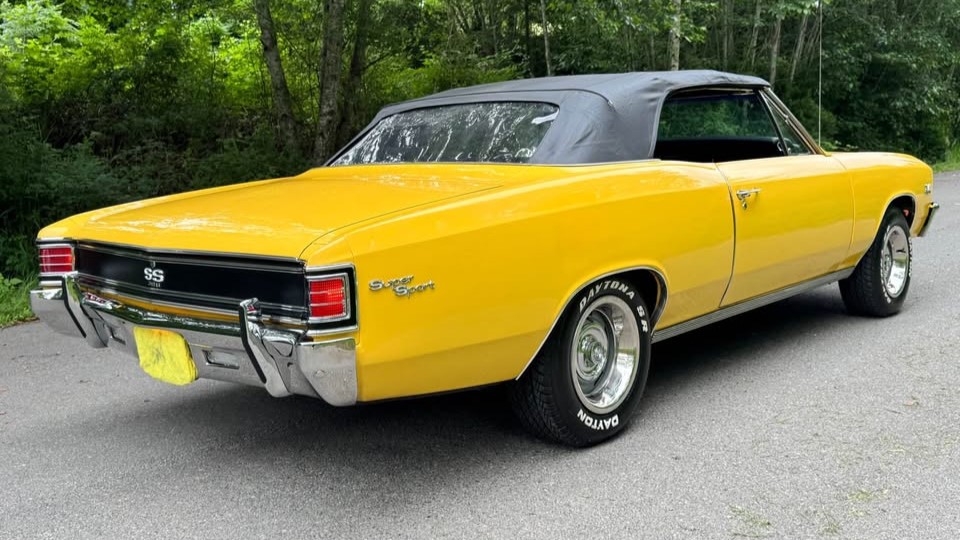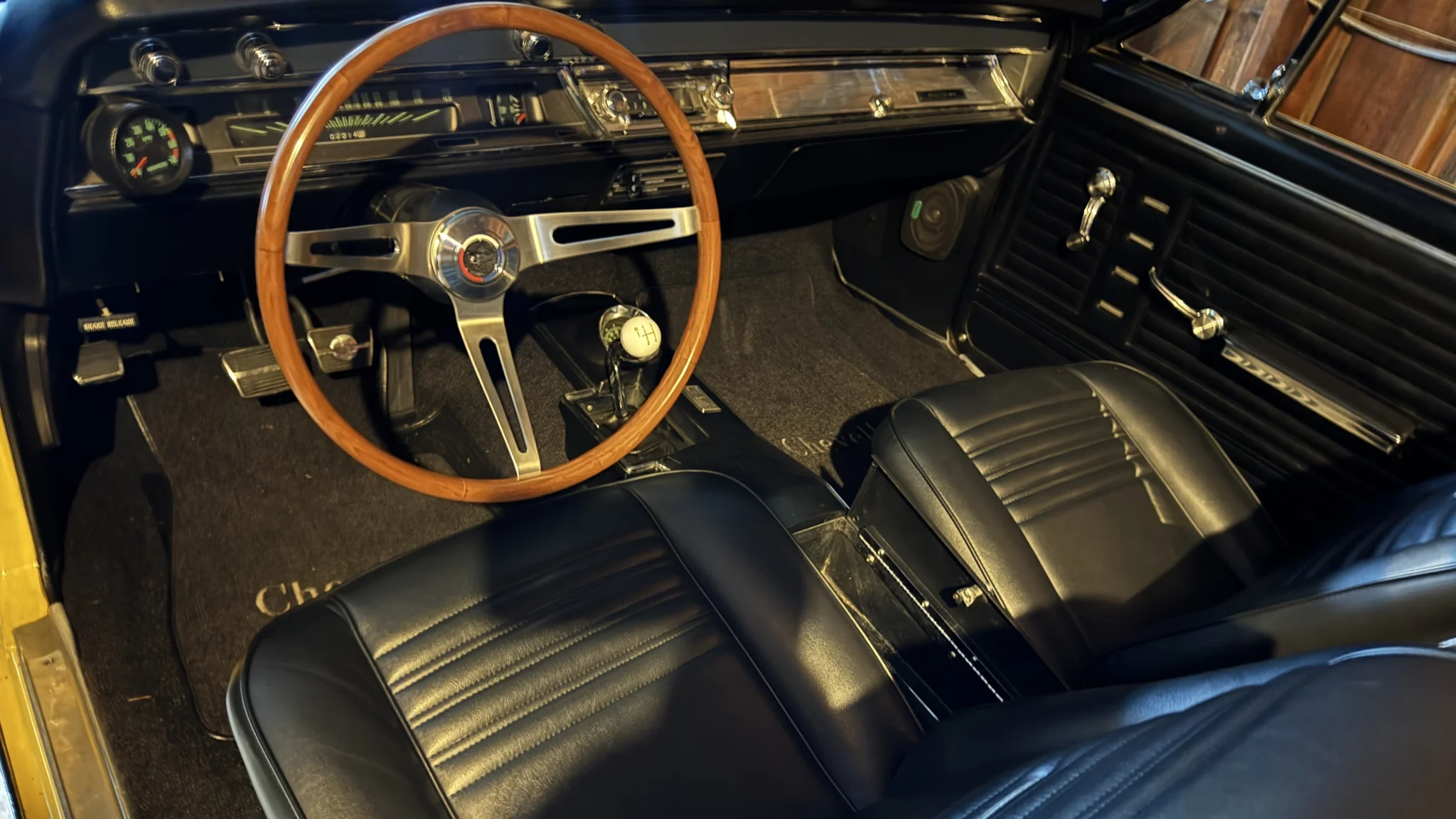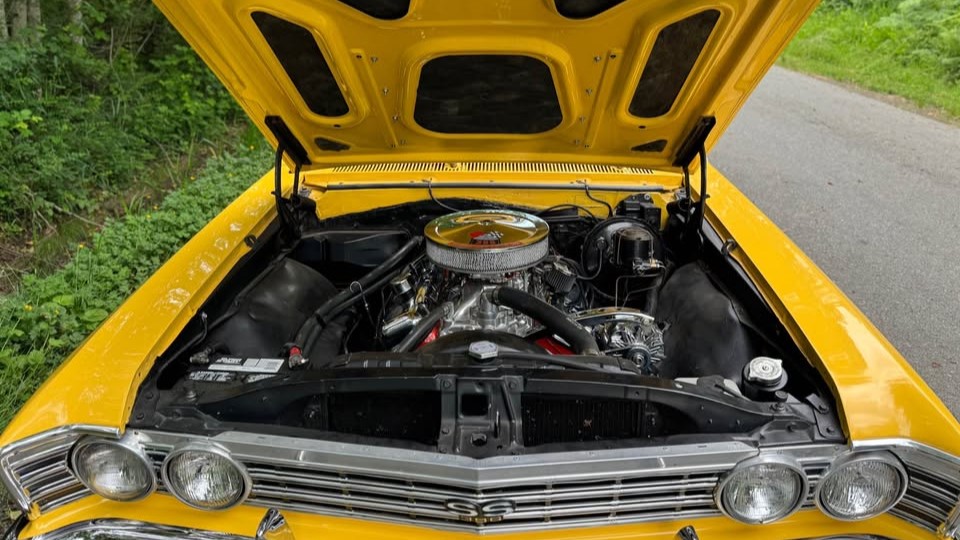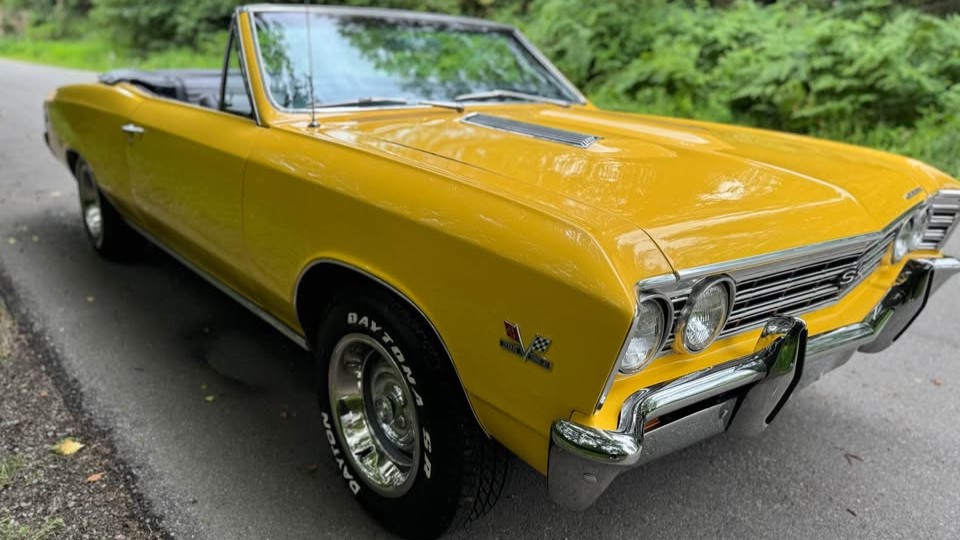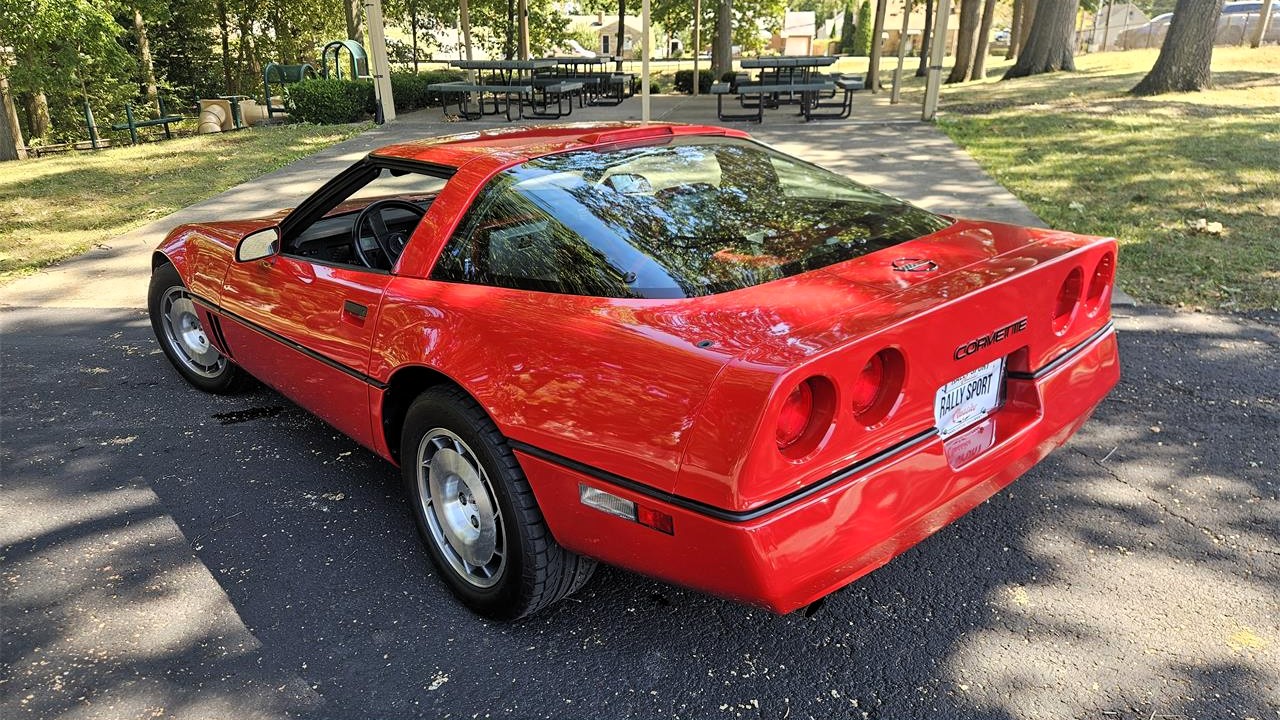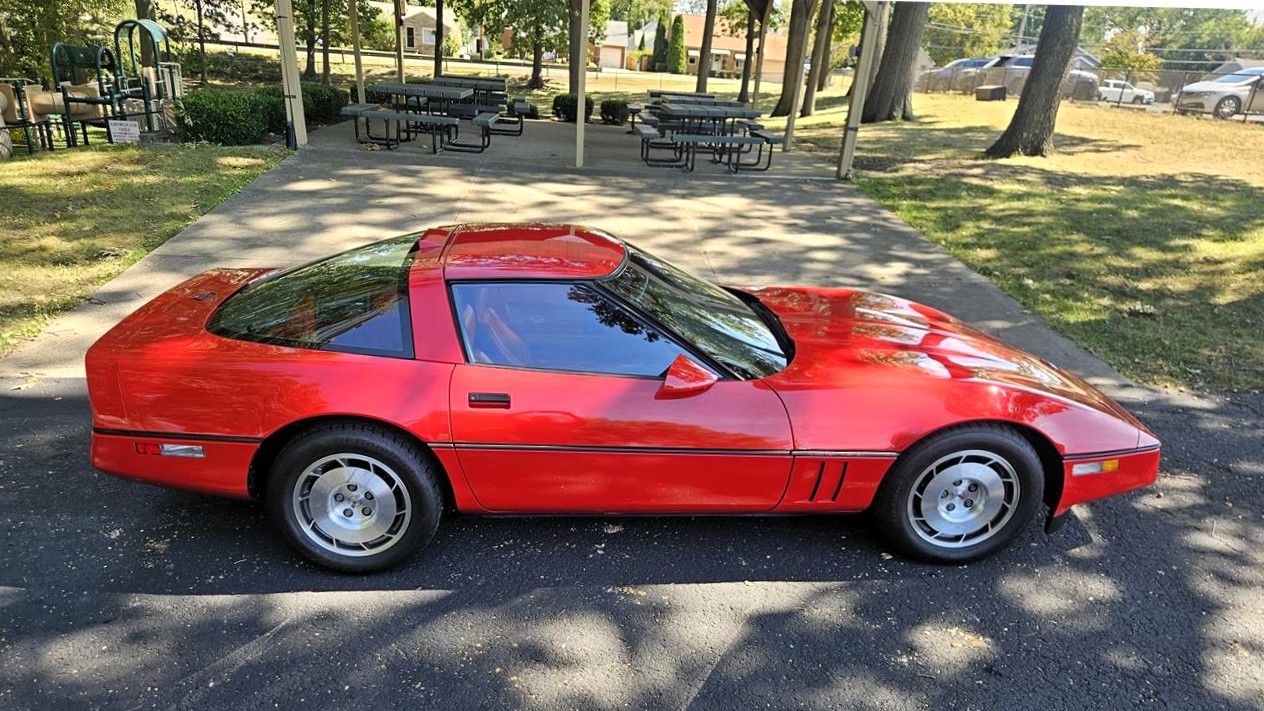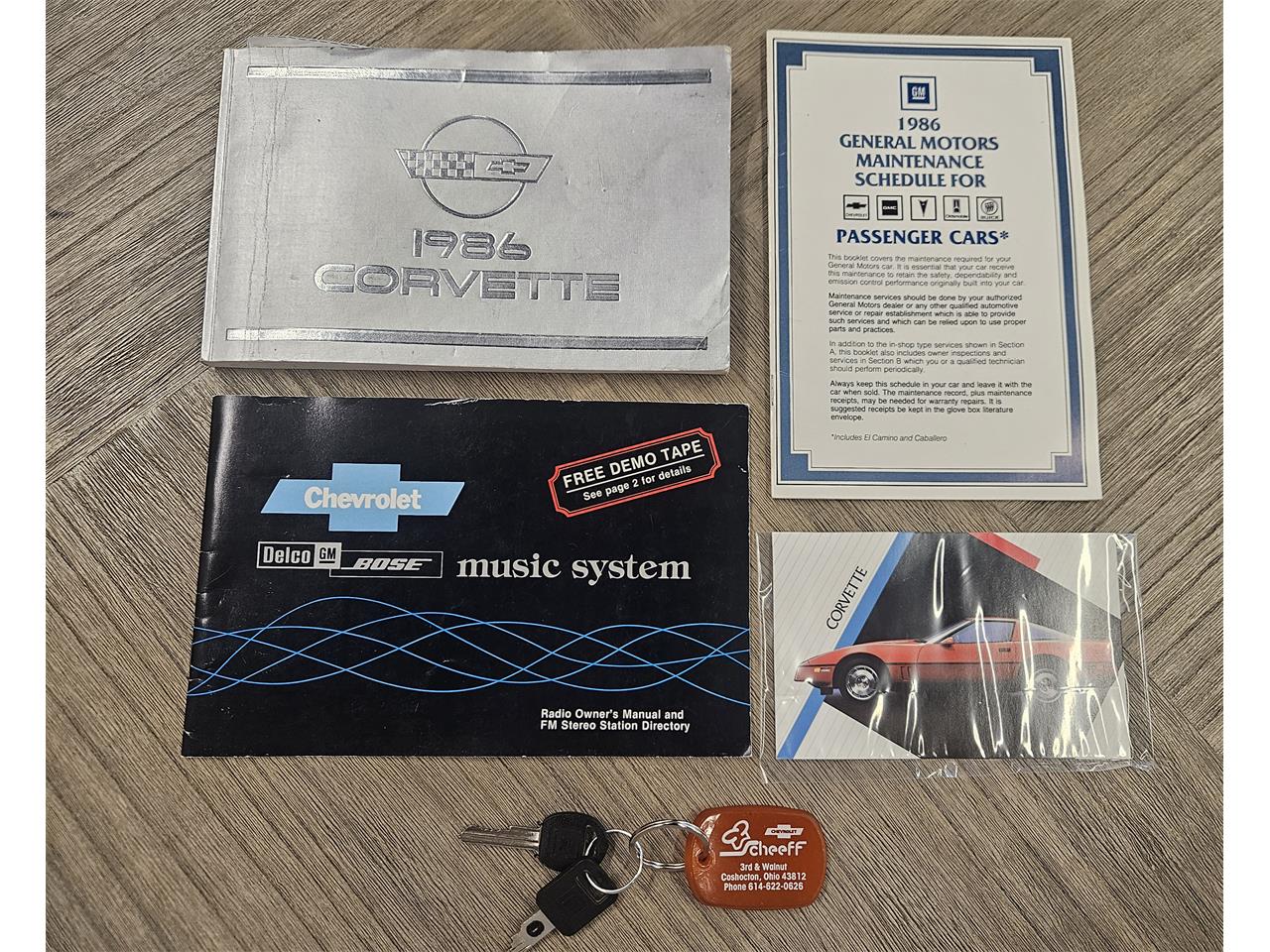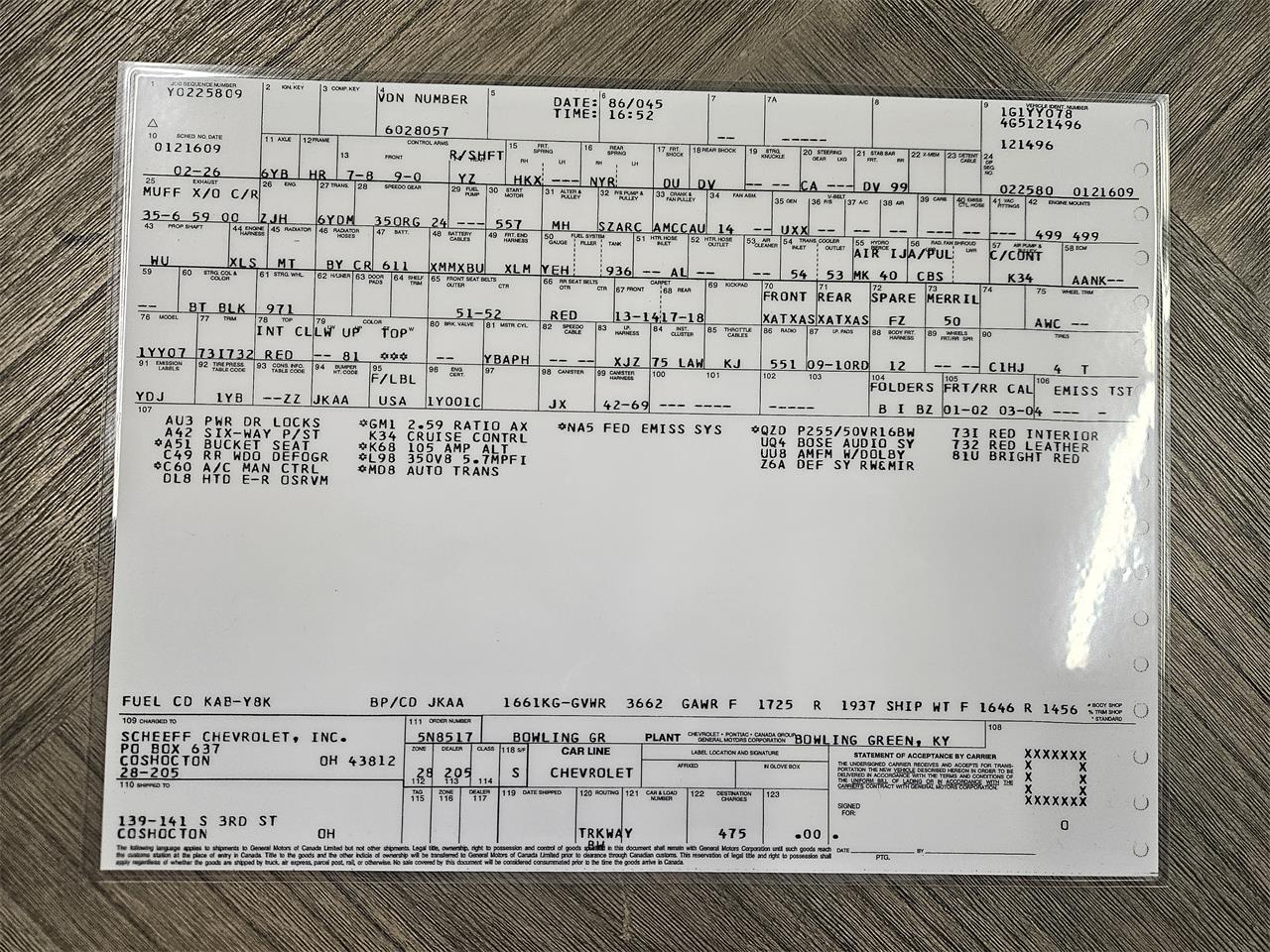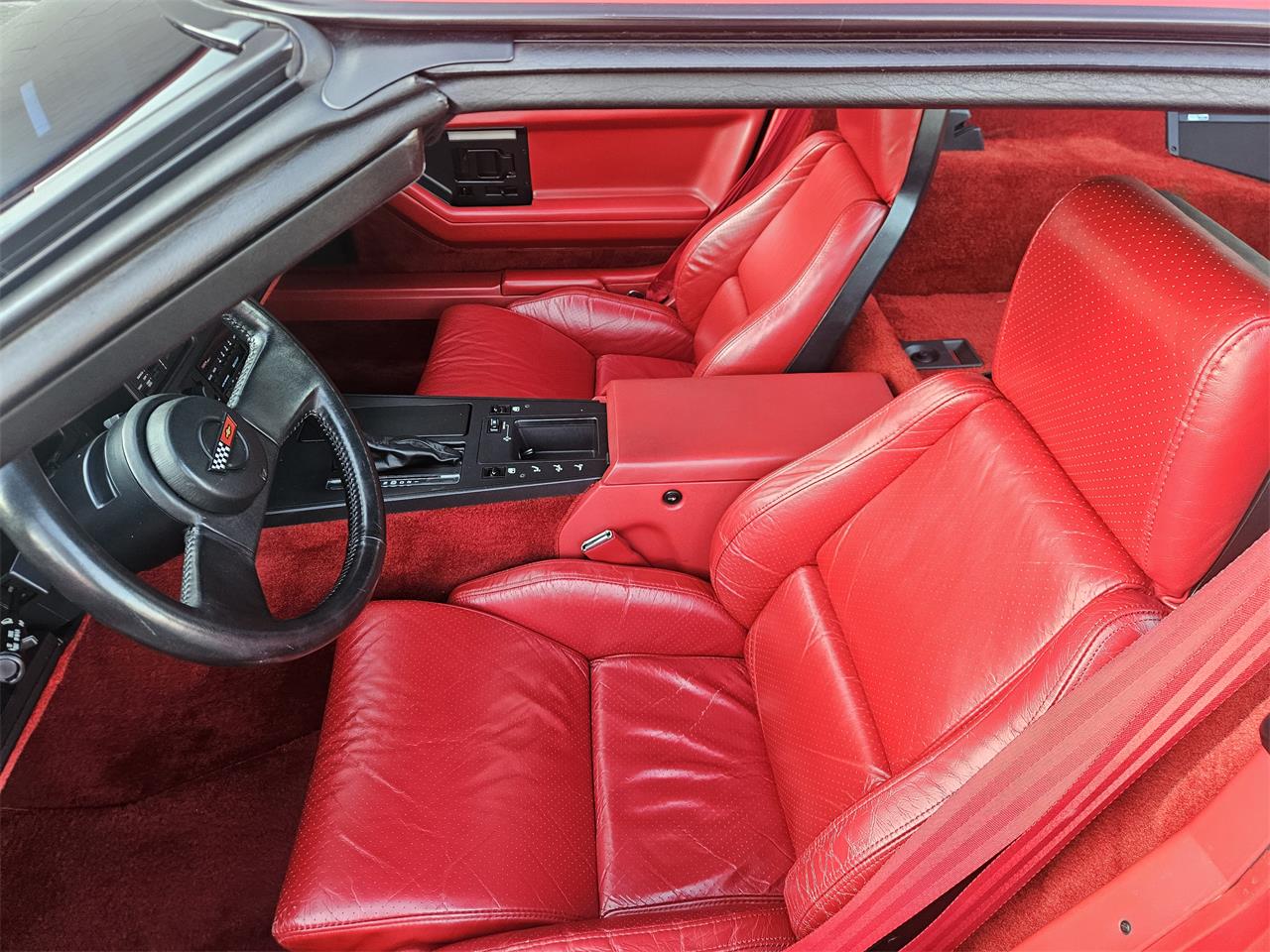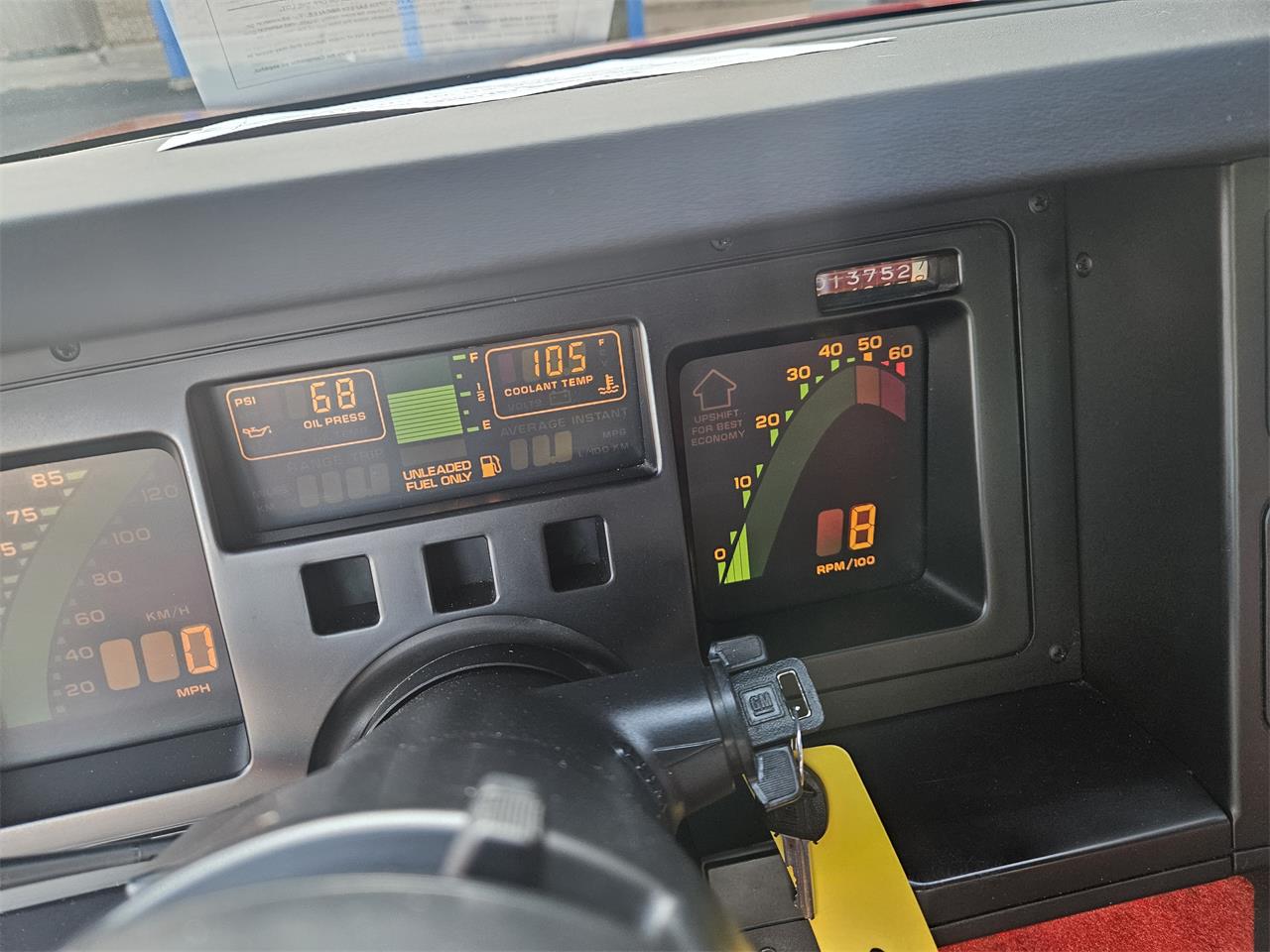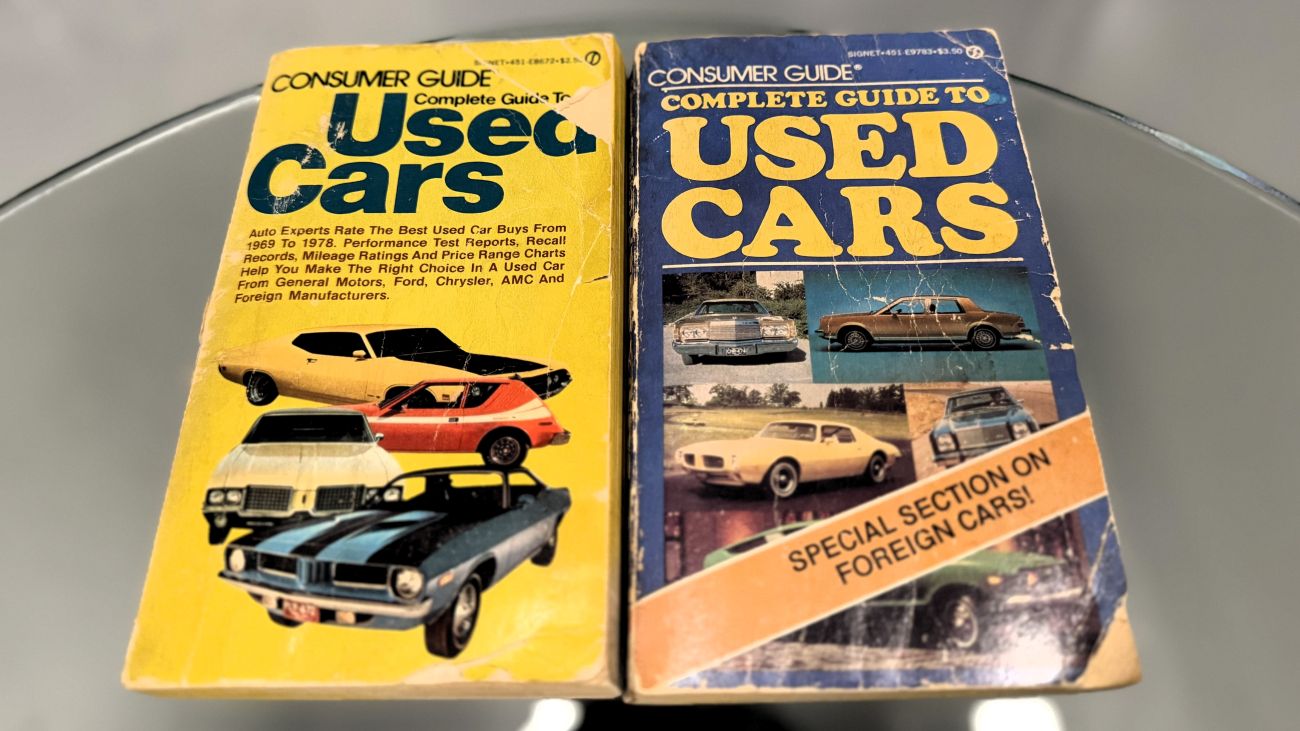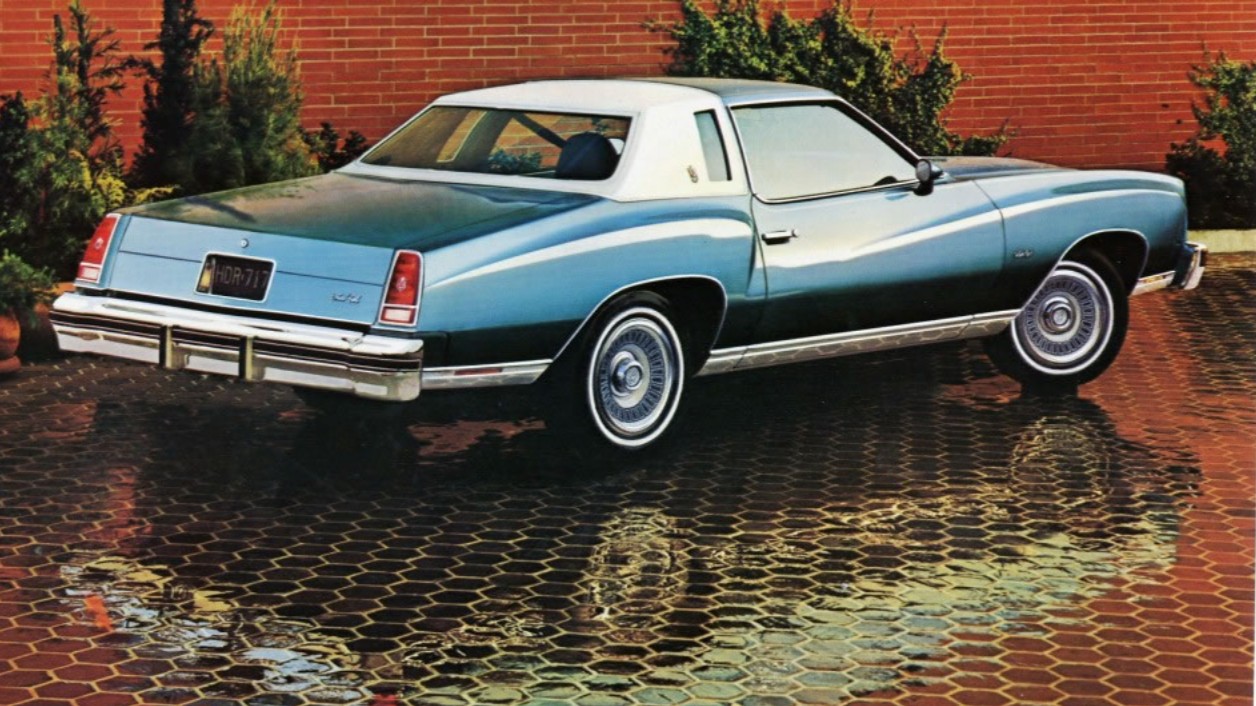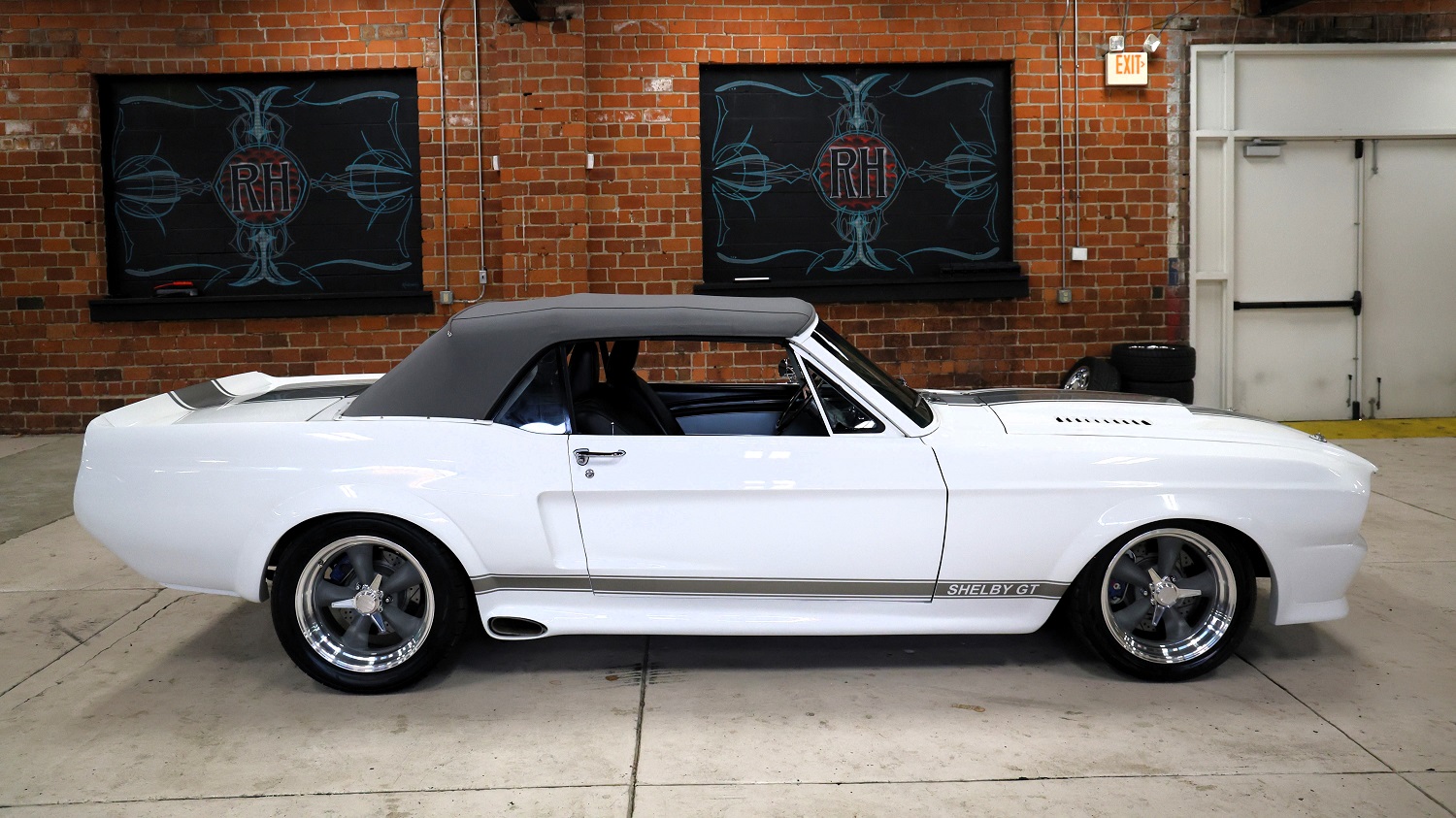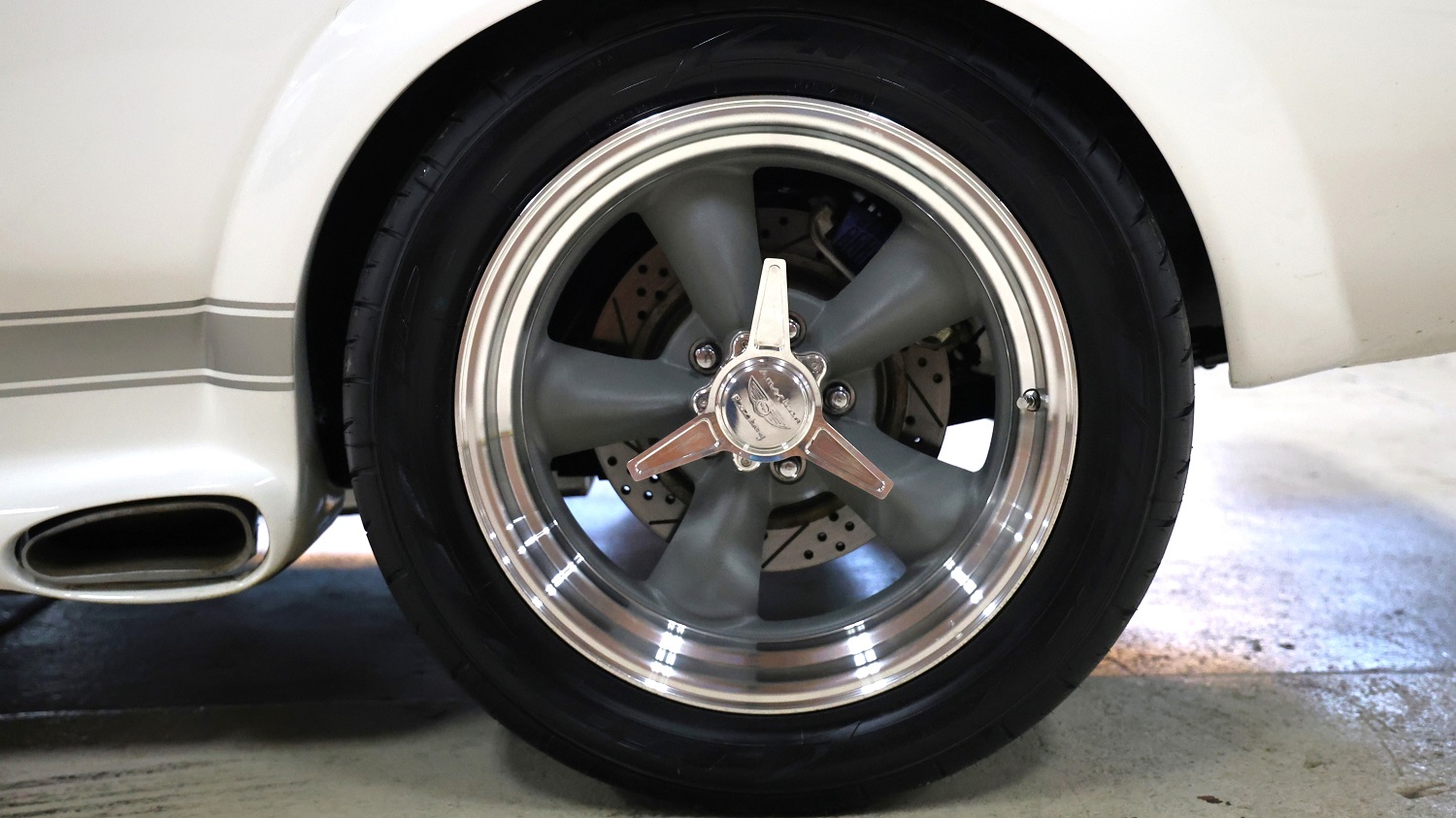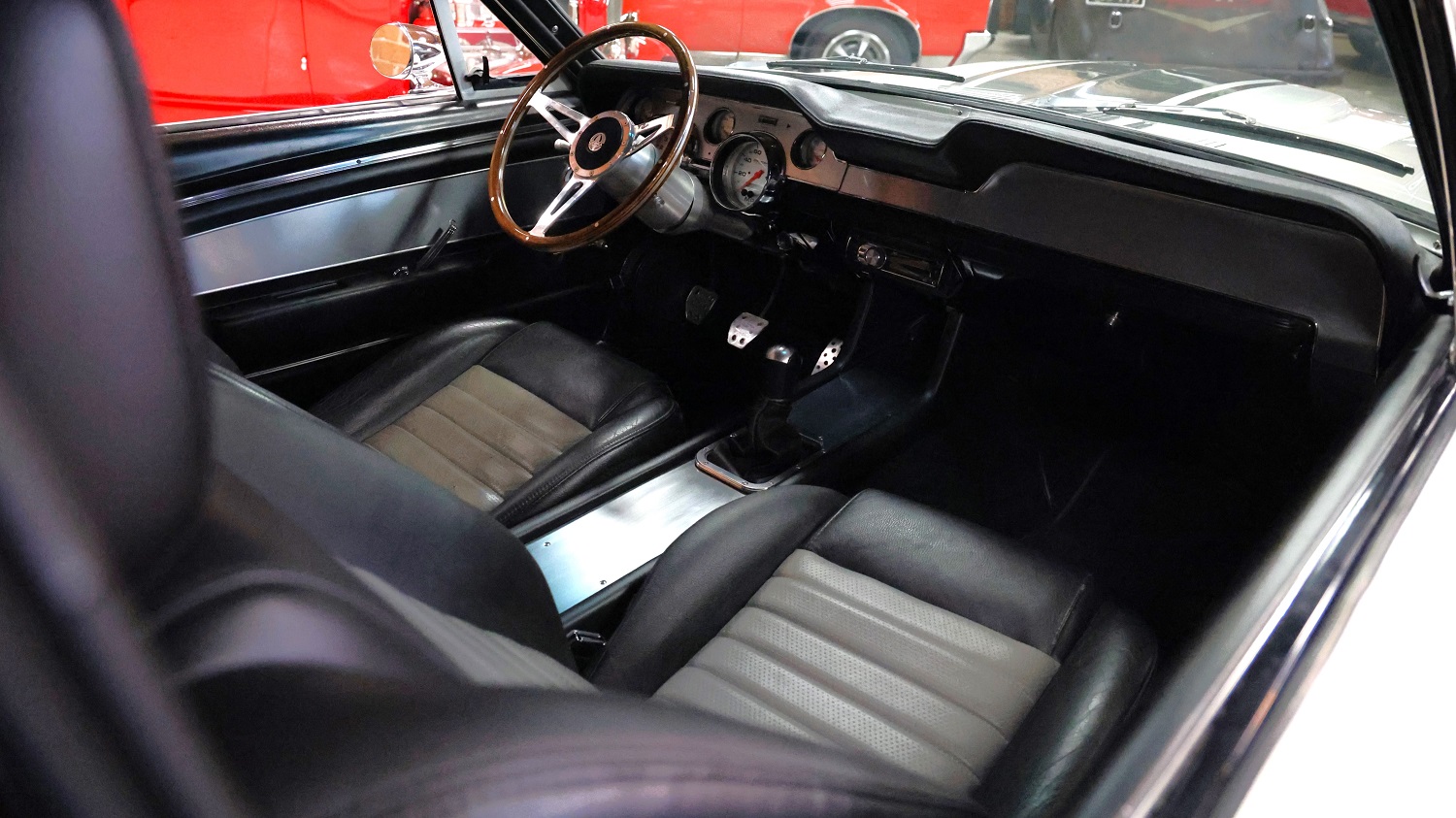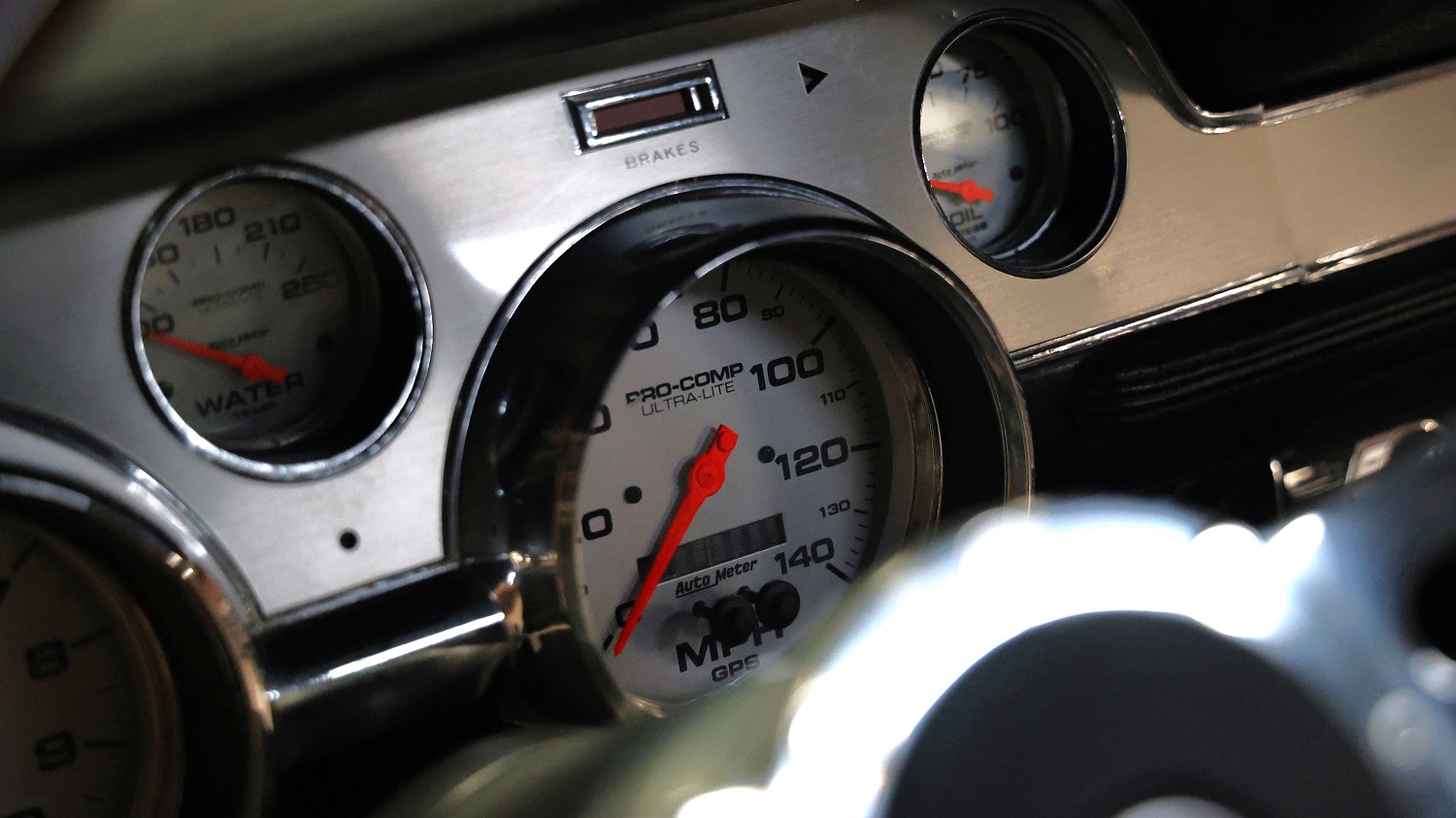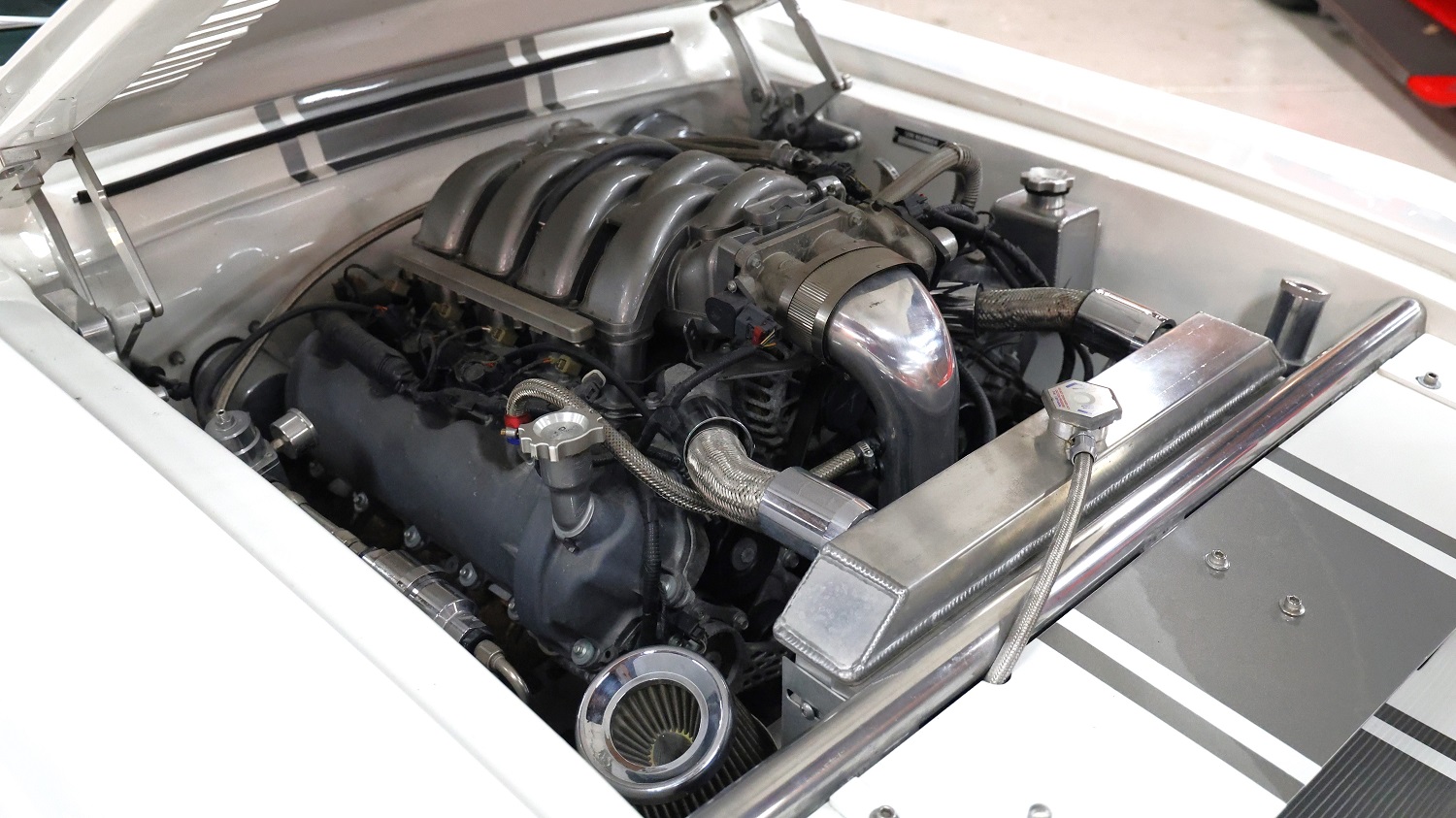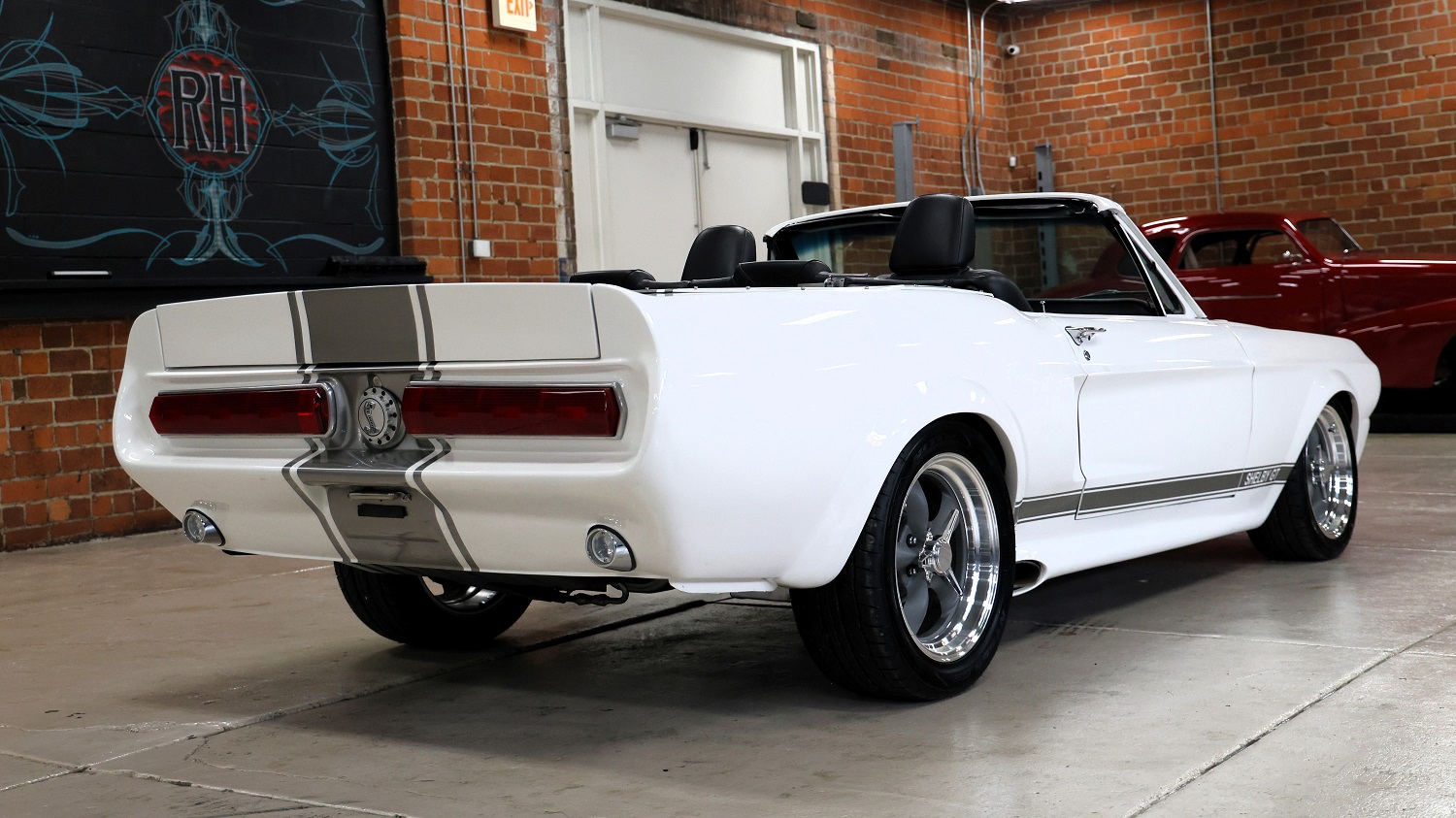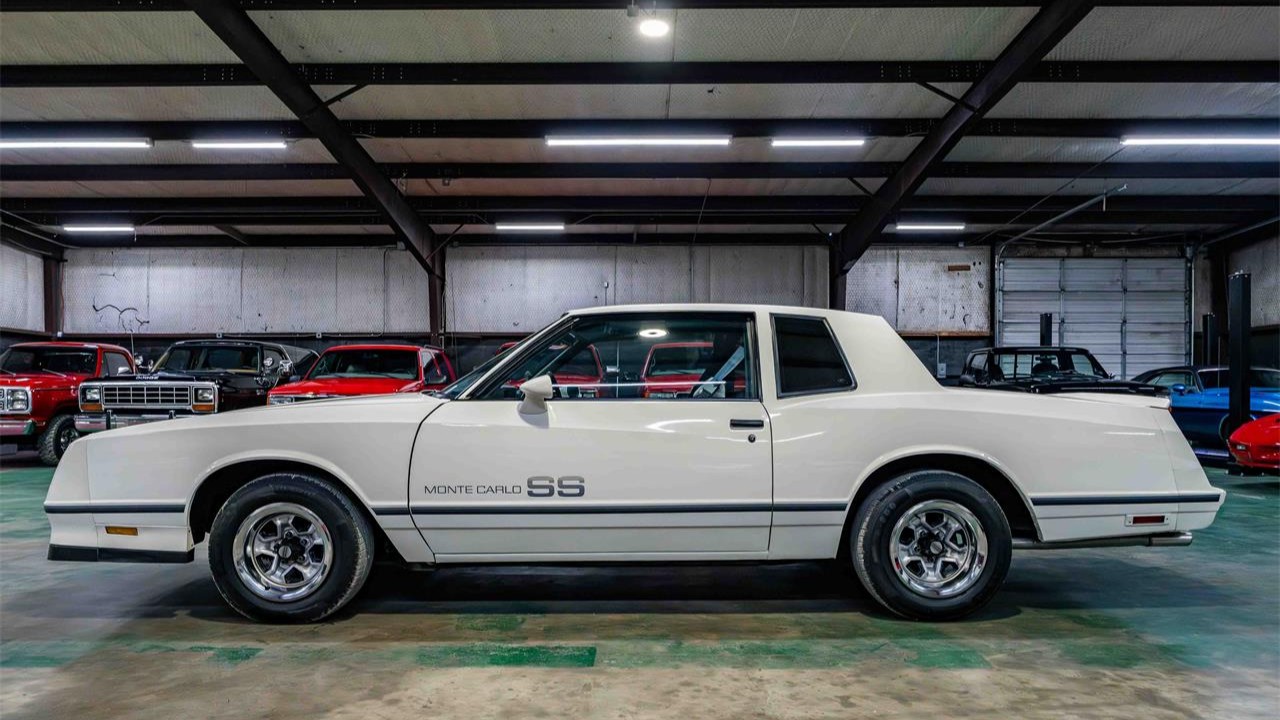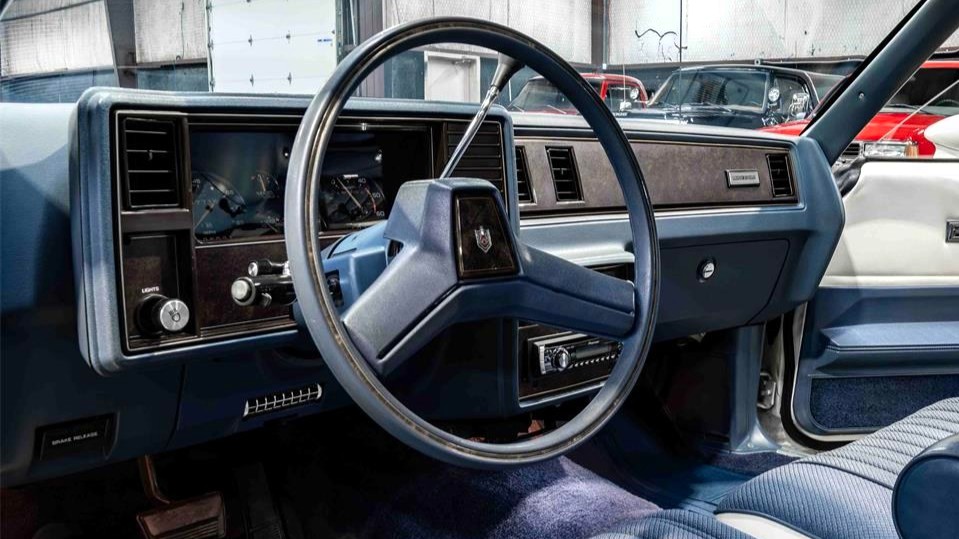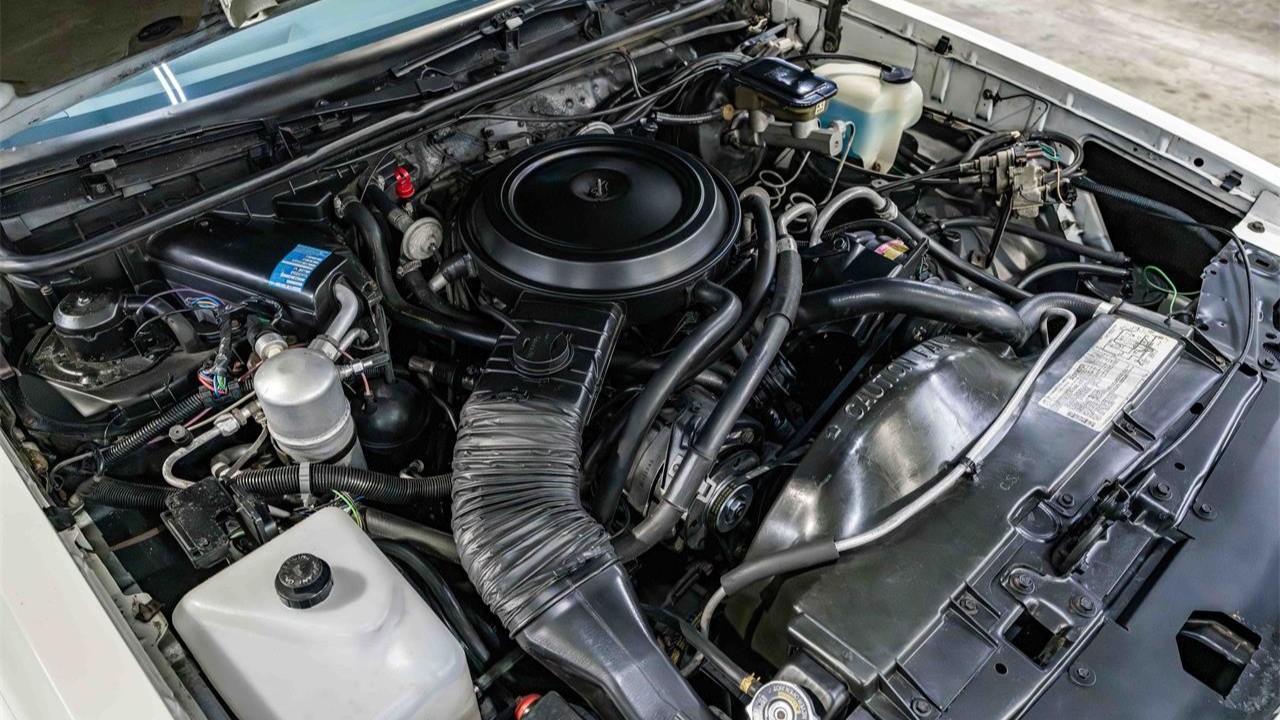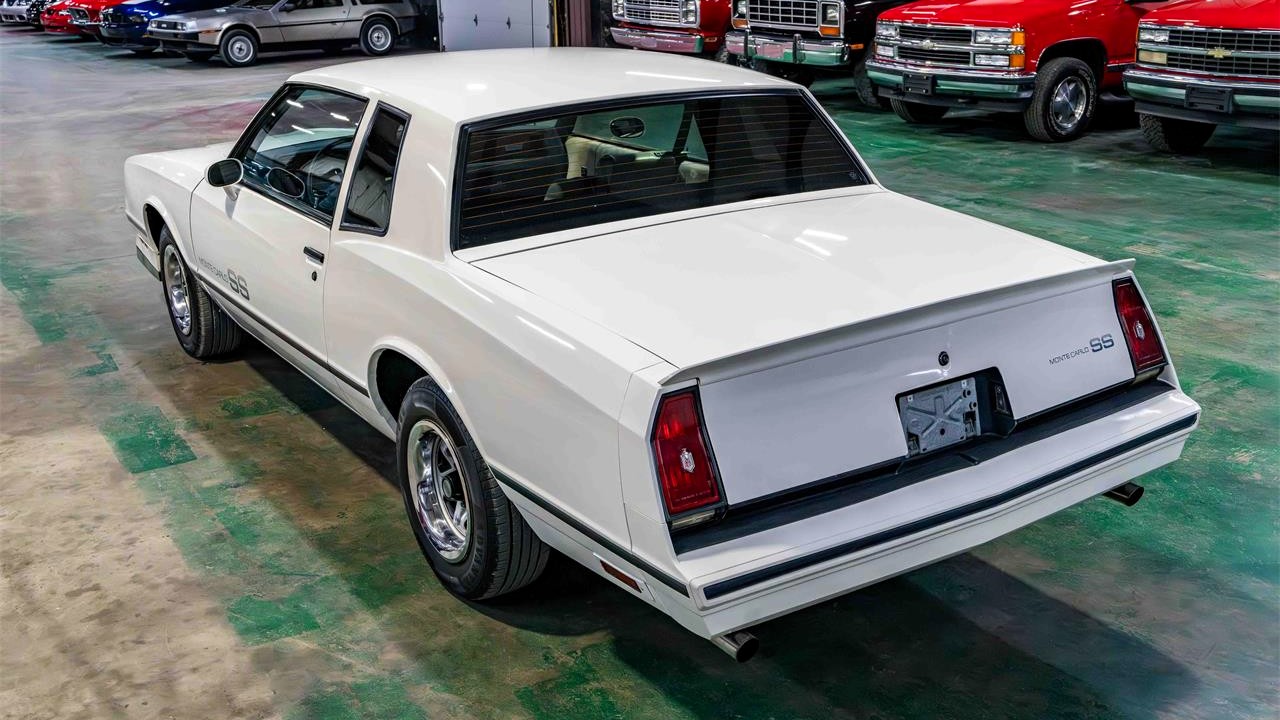Currently listed on AutoHunter is this tastefully modified 2011 Cadillac CTS-V Coupe. Power comes from a supercharged 6.2-liter V8 mated to a six-speed automatic transmission. It’s also chock full of options and features such as power sunroof, navigation, hi-po engine modifications, and more. Finished in a matte black wrap over a matching leather interior, this blown Caddy is offered by the selling dealer with a clean CARFAX report and a clear title.
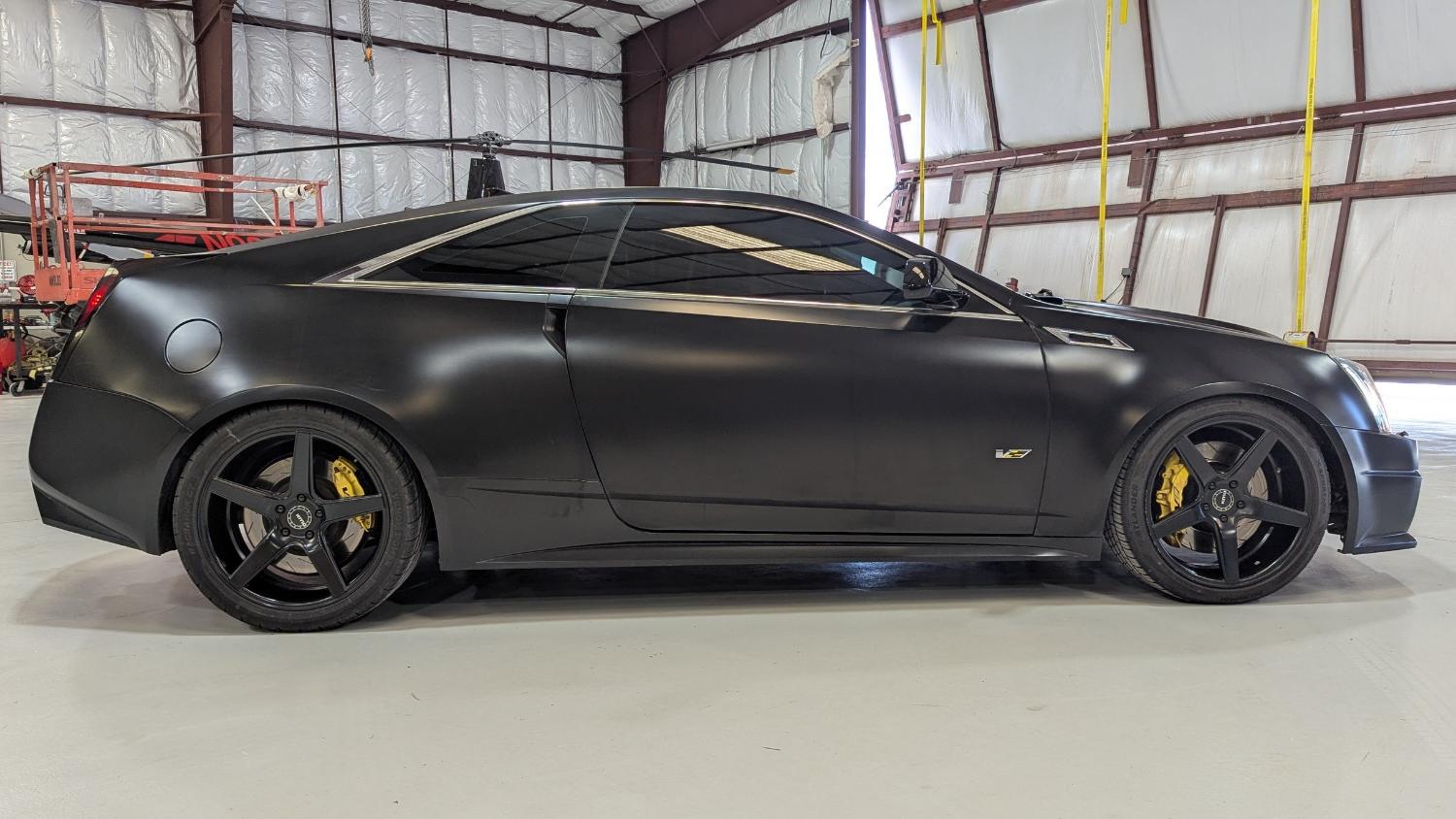
The exterior consists of a matte black wrap covering the original black hue. Other exterior features include rear spoiler with integrated rear brake light, tinted taillights, dual gloss black side mirrors, and “V” banners on the doors and trunklid. A set of black 20-inch KMC wheels are wrapped in staggered-width radials— 245/40 Atlander XSport-86 (front) and 275/35 Venom Power Ragnarok GTS (rear). Note the yellow brake calipers!
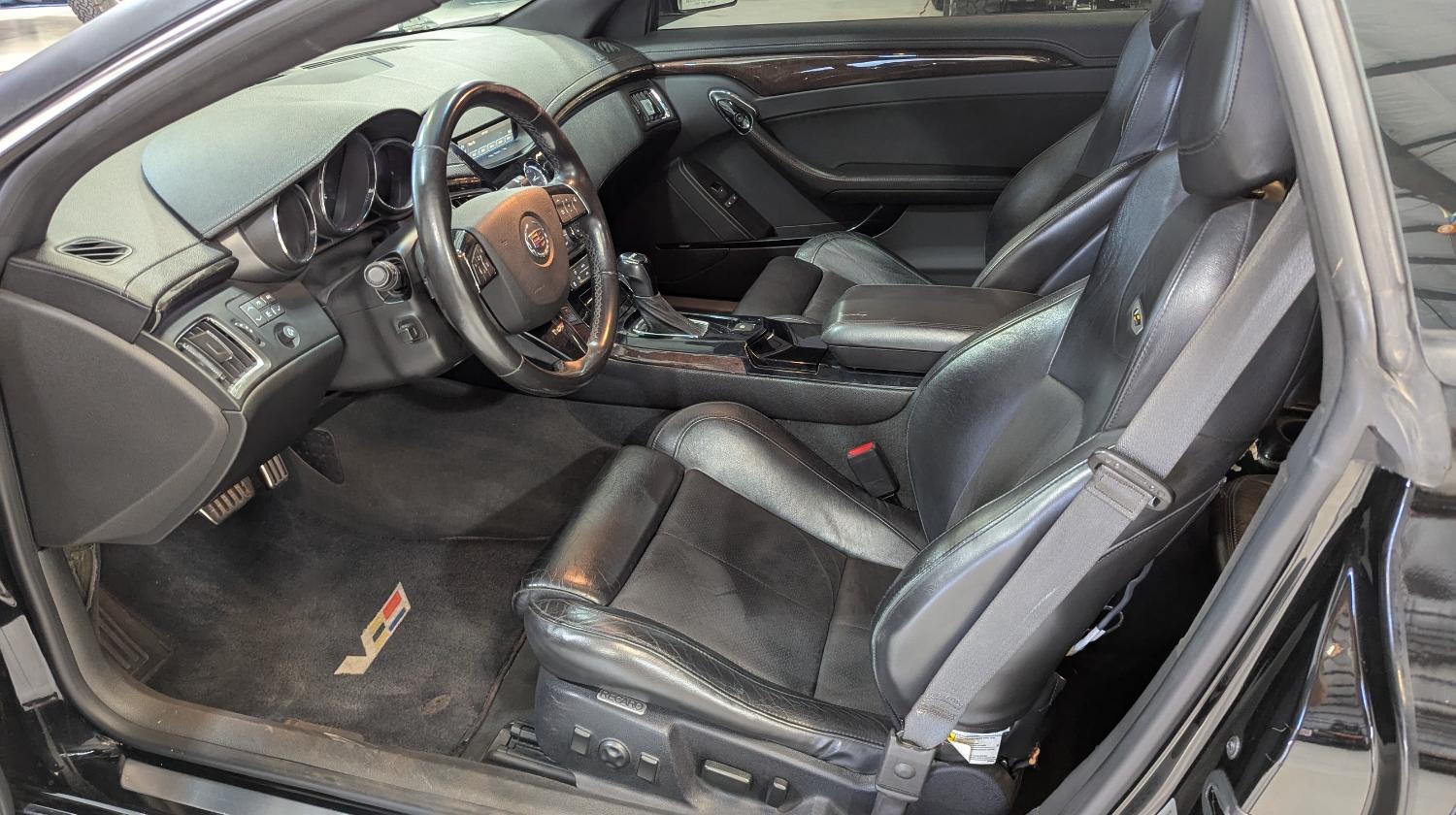
The cabin features black leather with power Recaro buckets up front. Other features include power windows and locks, dual-zone climate control system, factory stereo (AM/FM with navigation plus SiriusXM and Bluetooth compatibility), and more.
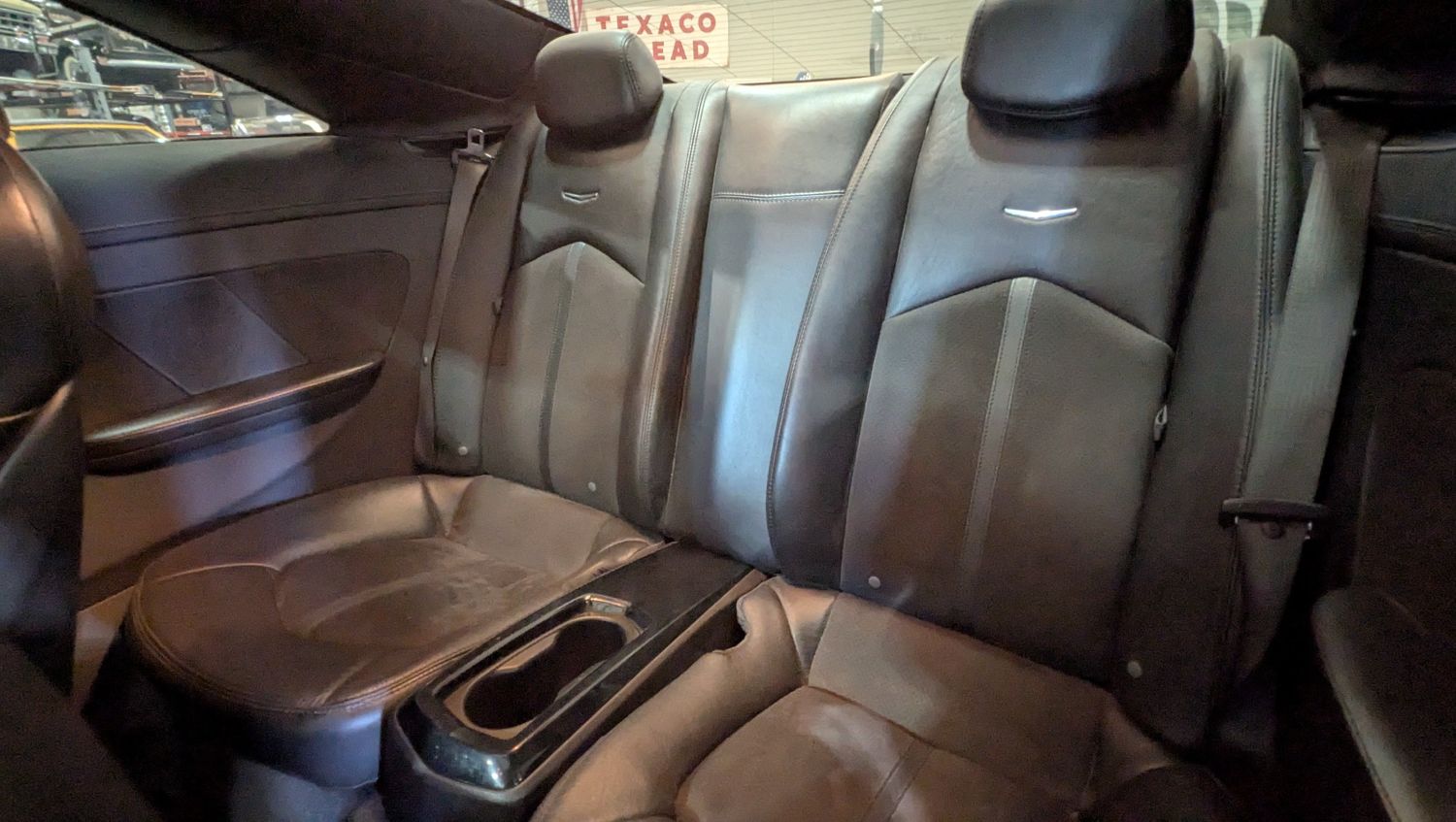
Instrumentation includes a 200-mph speedometer, 8,000-rpm tachometer, and gauges for the boost pressure, coolant temperature, and fuel. The odometer currently shows 83,315 miles, which is in line with the most recent CARFAX reading from February 2023.
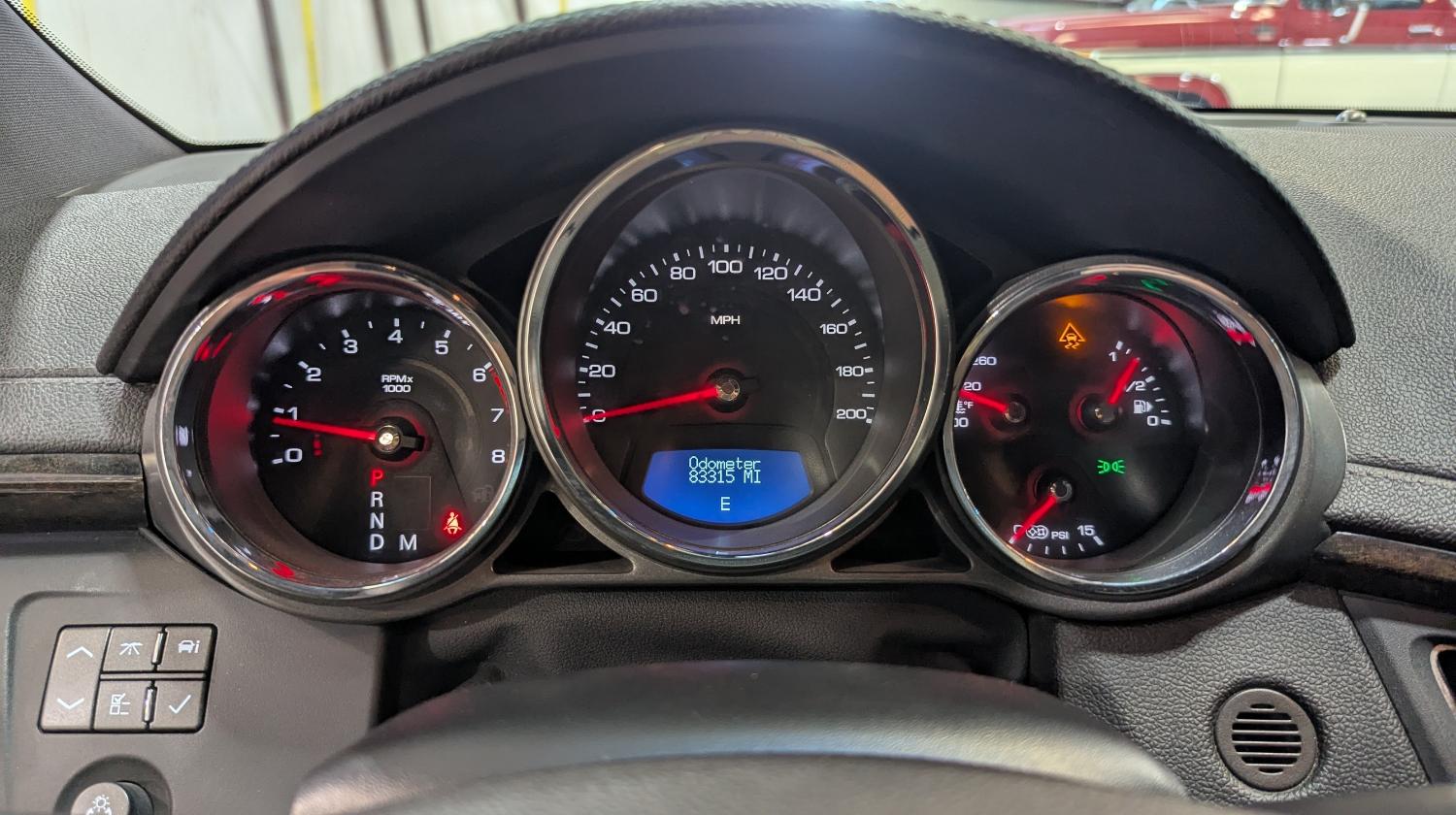
Glance at the engine bay and you’ll find an “LSA,” a supercharged 6.2-liter V8 that has been dyno-rated at 665 horsepower and 700 lb-ft of torque. Helping achieve that power is a PDS Stage 2 camshaft , RPM Motorsport five-inch intake, King Engine main and rod bearings, LSA 2.55 pulley kit, two-inch primary headers, and more. All that power is harnessed by a six-speed automatic.
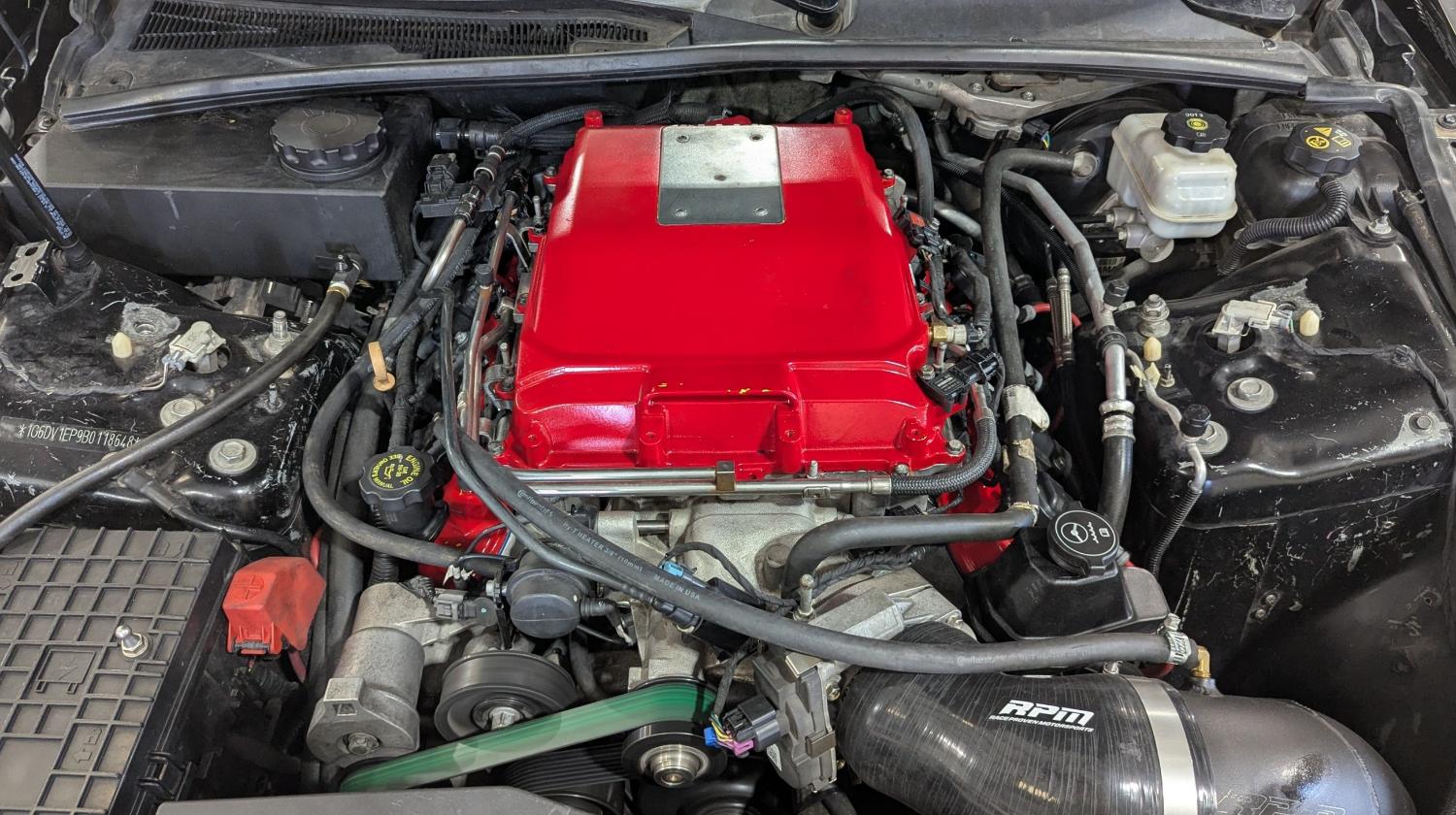
The undercarriage features power four-wheel disc brakes with slotted rotors, Valvetronic three-inch dual exhaust system, and 525 auxiliary fuel pump in-tank.
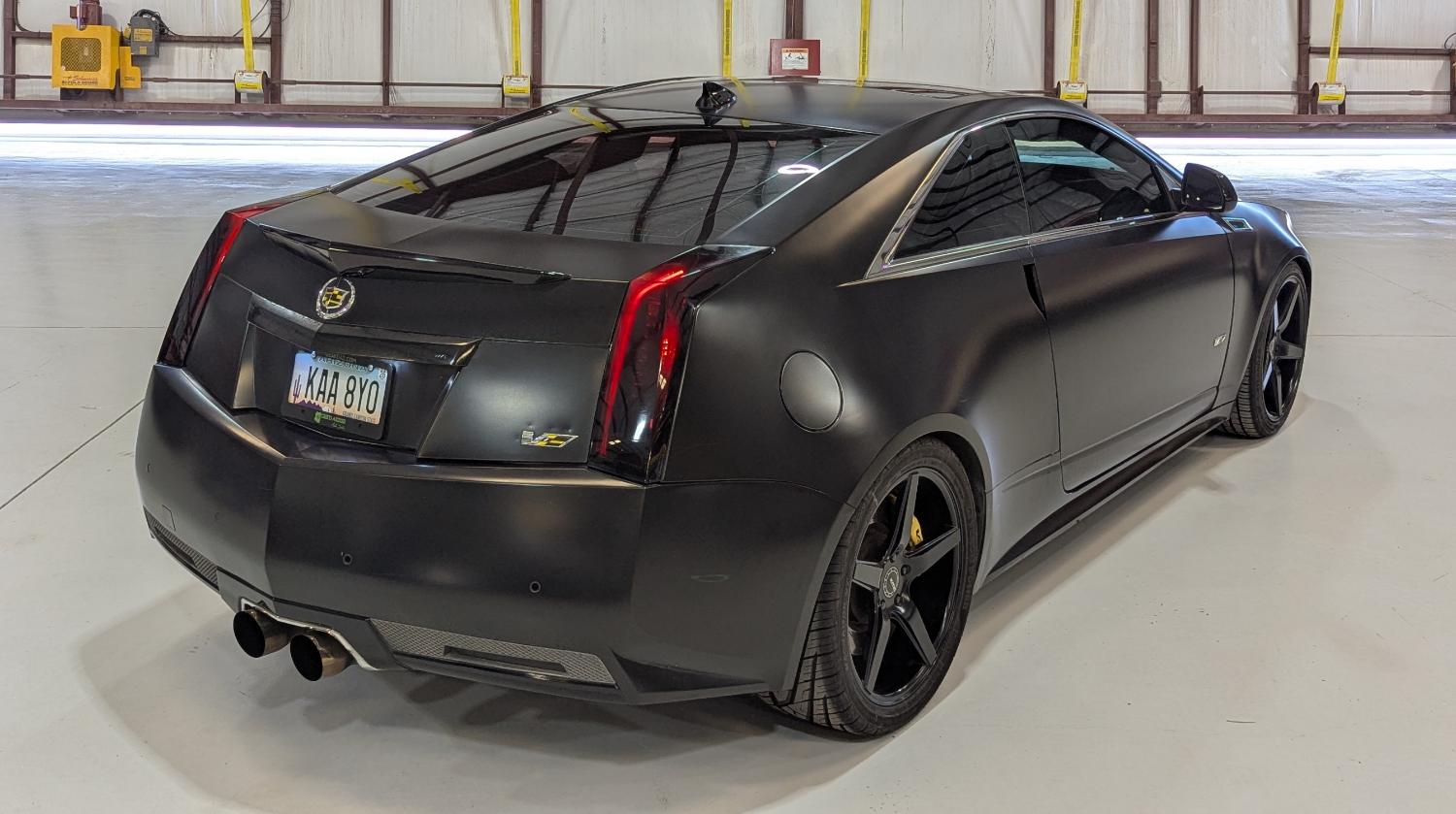
Our AutoHunter Spotlight, this 2011 Cadillac CTS-V Coupe, is not for blue-haired Cadillac folks—it’s for you driving fans, whether you’re a devotee of the Great American V8 or perhaps an enthusiast hung up on the triumvirate of Teutons and pining for something more distinctive (speaking of distinctive, is there a more distinctive roofline than this car’s?). With only 3,224 built, the CTS-V’s rarity only adds to its collectability. Would be a shame to miss this one, right? Mark this on your calendar because once 12:00 p.m. (MST) approaches on Friday, November 7, 2025, this Caddy will be gone!
Visit the AutoHunter listing for more information and a photo gallery


